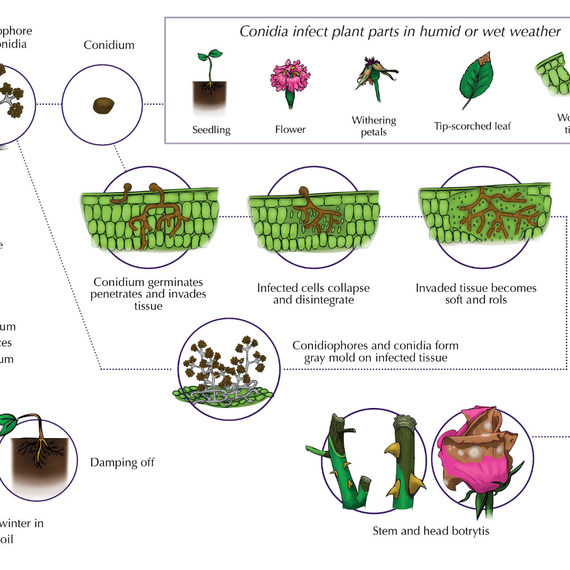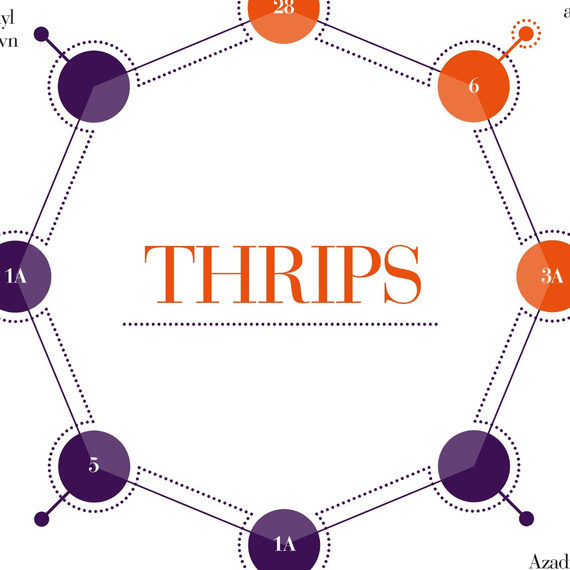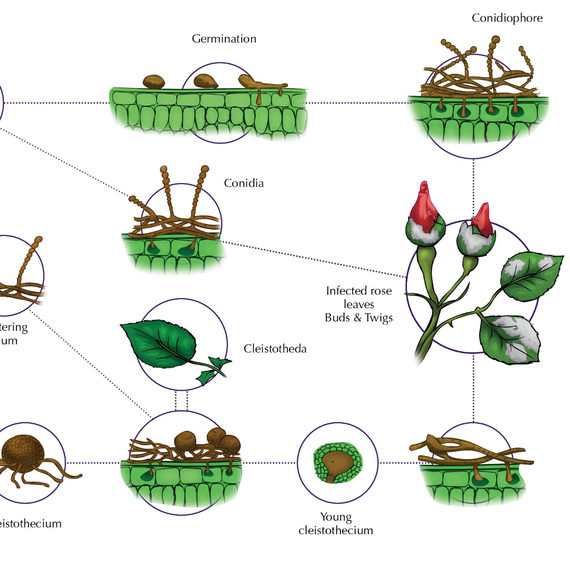Botrytis develops in a wide range of weather conditions and on almost all crops, as long as moisture and a raid gate are available for germination. These conditions allow the fungus to develop and it’s quick life cycle and demands for regular fungicide use can increase the risk of resistance.
Fortunately, in a glasshouse environment we can influence the climate itself, which also means we can have an impact on the development of Botrytis. Climate management alone can only reduce pressure and careful attention is required as it can have disastrous consequences for the crop.
Botrytis is defined as a high-risk fungal pathogen for resistance. To avoid resistance development, it is important to alternate between the right products. It’s also important to consider which mode of action the product has.
The overview below indicates the FRAC codes for products. It’s important to alternate between products with the different codes to avoid resistance development. Alternating FRAC codes can help avoid resistance, more information can be found on www.frac.info.



